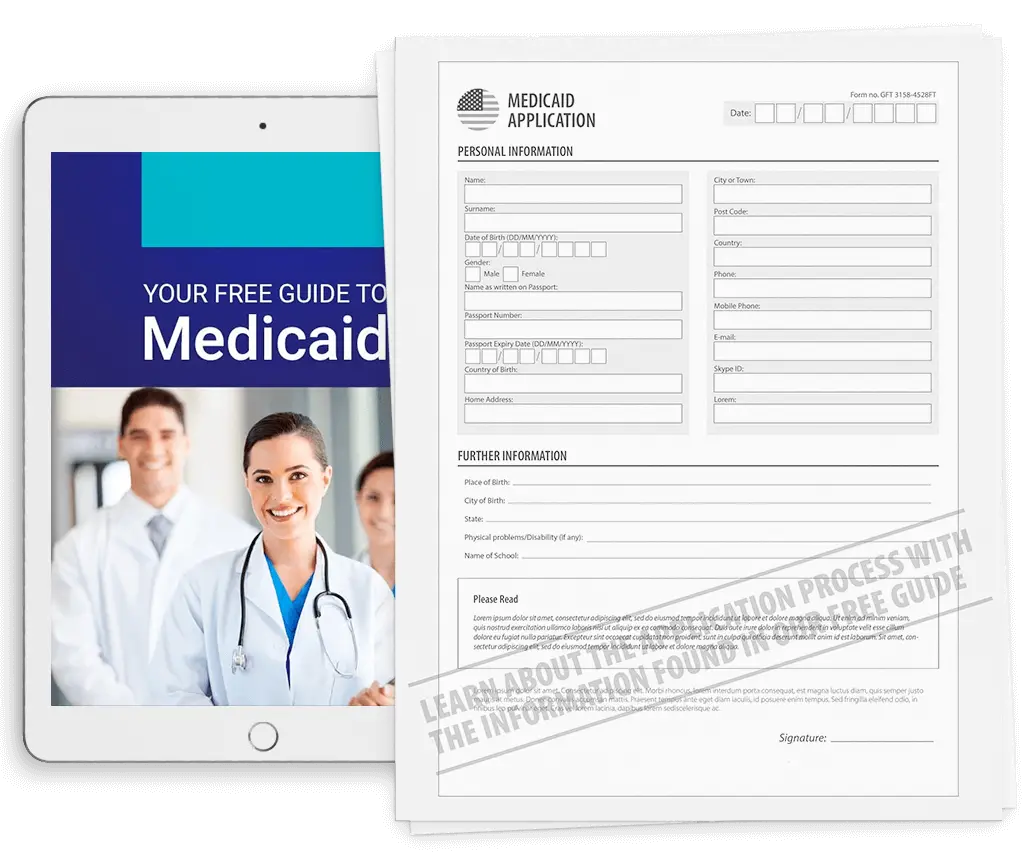Currently, 32 states including the District of Columbia have expanded Medicaid coverage to include low-income individuals who were previously ineligible for healthcare savings through the private insurance marketplace. Those low income residents of the remaining 19 states that chose not to expand coverage may be left wondering how they are going to afford the cost of mandatory medical insurance in addition to other necessary expenditures such as food and housing.
Fortunately, there are a few options for individuals that find themselves in the situation of having to choose between purchasing food and paying the penalty for not being able to afford medical coverage. Other government programs such as Section 8 and Supplemental Nutrition Assistance Program (SNAP) are available in all 50 states to residents who meet certain eligibility criteria, which include income guidelines. Alternatively, an increasingly popular action of low-income families in need of medical coverage is choosing to relocate to a state that has expanded their Medicaid coverage to include individuals solely based on their income.
Learn About Expanded Medicaid Eligibility
Since medical insurance became mandatory under the Affordable Care Act in 2014, the federal Medicaid program, administered individually within each state, had become mandatory for low-income families that meet certain criteria such as household size, family status, disability and other factors as determined by the state. In the years since, several states have expanded their Medicaid coverage programs to include individuals and families, based solely on their income. In such states, if you make below 138 percent of the poverty level then you qualify for no-cost or low-cost medical coverage under the Medicaid program.
The 19 states that have not expanded Medicaid to include income-based applicants have kept the original requirements for Medicaid in place. Therefore, applicants who do not have dependents, are not disabled and who are younger than 65 years of age do not meet the requirements to receive Medicaid. Moving to a state that has a more open Medicaid coverage policy is a viable option for those not able to afford medical insurance without aid. As the majority of states have expanded coverage, the likelihood that a neighboring state has wider coverage is high. For example, a single person with no dependents from Texas who is not disabled and is younger than 65 years of age does not qualify for Medicaid in his or her home state. However, if the resident earns below 138 percent of the federal poverty level, then he or she can relocate to neighboring New Mexico or Arkansas to qualify for coverage, as both states have expanded their Medicaid coverage to include low-income individuals.
Learn About Benefits for Residents in Non-Expansion States
The great news for adults who do not qualify for Medicaid coverage in their state is that they may instead qualify for a plethora of government aid to help ease the cost of their insurance premium. Particularly, SNAP food stamps and Section 8 benefits are two government programs that have more open requirements for single, low-income individuals. In many states, a low-income resident younger than 65 years of age can qualify for food stamps if they meet the resource and employment requirements. Such requirements include being gainfully employed for at least 20 hours per week or participating in employment and training programs if currently unemployed.
Another government aid program that can be beneficial for individuals left behind due to their state not expanding Medicaid coverage is the Section 8 housing program. The minimum eligibility requirements for Section 8 are that an individual earn form 80 percent to 30 percent of the median income level for the area in which they applying. Section 8 applicants should keep in mind that the waiting list for a housing voucher in many states is extremely long, anywhere from several months to several years. In such case, it is a good idea to research which states and counties have a short waiting list and consider relocating to a place in lower demand in order to secure affordable housing.
